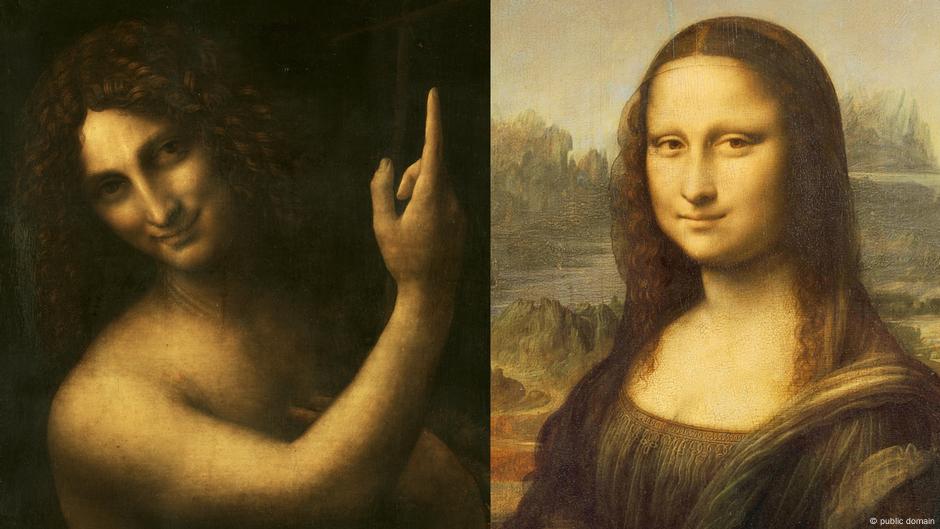
"In 1550, Leonardo's first biographer Giorgio Vasari wrote that the painter took "peculiar pleasure" in the beautiful boy, where the word "peculiar" functioned as a euphemism for da Vinci's queerness."
"Literary historian Dino Heicker states there are contemporary sources proving that Leonardo loved men, particularly his apprentice Gian Giacomo Caprotti, also known as "Salaj"."
In 1476, Leonardo da Vinci was investigated by Florentine authorities due to accusations of engaging with a sex worker, but the charges were dismissed for lack of evidence. Contemporary sources indicate his affection was towards a much younger apprentice, Gian Giacomo Caprotti. Art historians speculate that da Vinci's famous Mona Lisa may actually represent Caprotti, noting similarities in features and hidden initials. Leonardo’s relationship with Caprotti is underlined by historical interpretations suggesting a deeper emotional bond, while societal norms of the time created challenges for queer individuals.
Read at www.dw.com
Unable to calculate read time
Collection
[
|
...
]